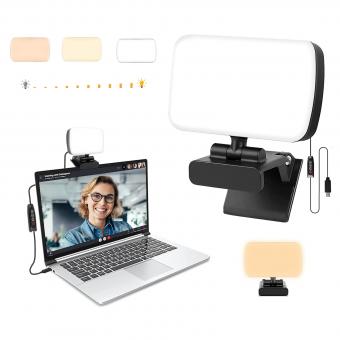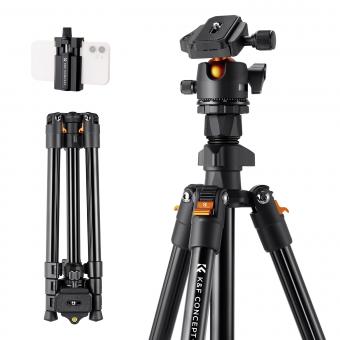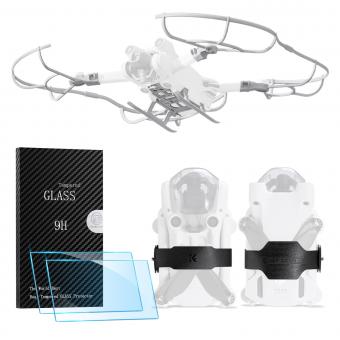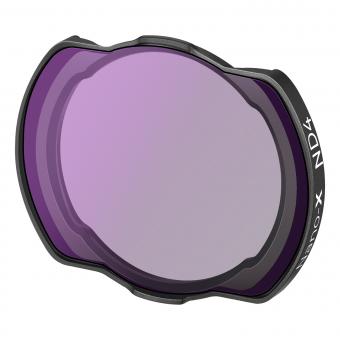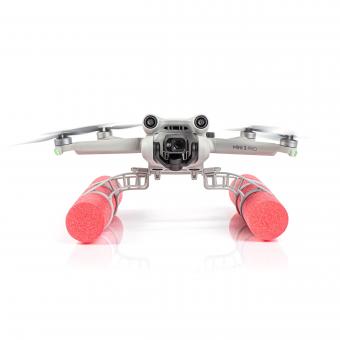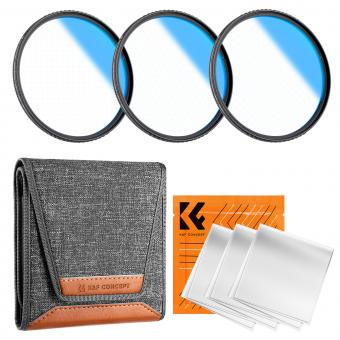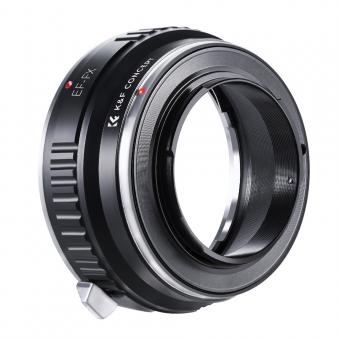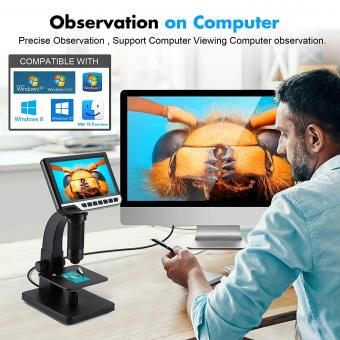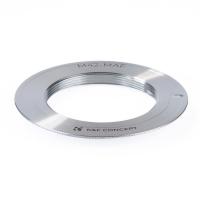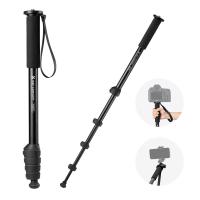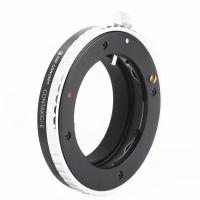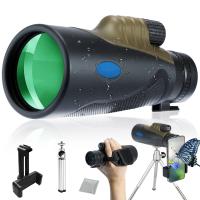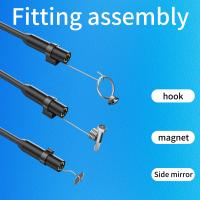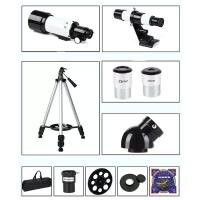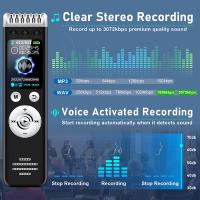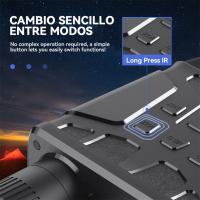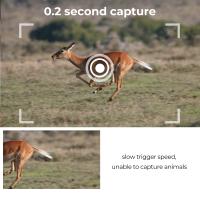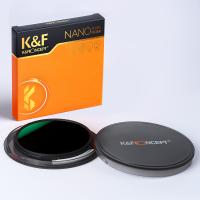How To Use A Spotting Scope For Birding ?
To use a spotting scope for birding, first, set up the scope on a tripod or stable surface. Adjust the height and angle of the scope to your comfort level. Next, focus the scope on the bird you want to observe. Use the zoom feature to get a closer look at the bird's features and behavior. Take note of the bird's size, shape, color, and markings. Listen to its calls and observe its movements. Use a field guide or birding app to identify the species. Finally, record your observations in a notebook or birding app. Remember to be patient and respectful of the birds and their habitat.
1、 Setting up the spotting scope
How to use a spotting scope for birding:
1. Setting up the spotting scope: The first step in using a spotting scope for birding is to set it up properly. This involves attaching the scope to a tripod and adjusting the height and angle of the tripod to suit your needs. Make sure the tripod is stable and secure, as any movement can cause the image to shake and make it difficult to see the bird clearly.
2. Adjusting the focus: Once the spotting scope is set up, the next step is to adjust the focus. This involves adjusting the eyepiece and the objective lens to get a clear and sharp image of the bird. Start by focusing on a nearby object, such as a tree or a building, and then adjust the focus until the image is clear and sharp. Then, move the scope to the bird and adjust the focus again until the bird is in focus.
3. Identifying the bird: Once the bird is in focus, use the spotting scope to identify the bird. Look for key features such as the color of the bird, the shape of its beak, and the pattern of its feathers. Use a field guide or a birding app to help you identify the bird.
4. Observing the bird: Once you have identified the bird, use the spotting scope to observe its behavior. Look for things like how it moves, what it eats, and how it interacts with other birds. Take notes or use a birding app to record your observations.
5. Sharing your observations: If you are birding with a group, share your observations with others. Use the spotting scope to show others the bird and point out its key features. This can be a great way to learn from others and to share your love of birding.
In recent years, there has been a growing interest in birding and spotting scopes have become an essential tool for birders. With the right setup and technique, spotting scopes can provide a clear and detailed view of birds, allowing birders to observe and identify them with ease. Additionally, many spotting scopes now come with advanced features such as image stabilization and digital zoom, making them even more versatile and user-friendly.
2、 Adjusting the focus and magnification
How to use a spotting scope for birding? One of the most important aspects of using a spotting scope for birding is adjusting the focus and magnification. This will allow you to get a clear and detailed view of the birds you are observing.
To adjust the focus, start by setting the scope to its lowest magnification. Then, use the focus knob to bring the image into focus. Once you have a clear image, you can increase the magnification to get a closer look at the bird. However, keep in mind that as you increase the magnification, the image may become less clear, so you may need to adjust the focus again.
It's also important to use the right eyepiece for your spotting scope. Some spotting scopes come with interchangeable eyepieces, which can be swapped out to achieve different magnifications. Make sure you choose an eyepiece that is appropriate for the distance you will be observing the birds from.
Another important factor to consider when using a spotting scope for birding is the lighting conditions. If you are observing birds in low light conditions, you may need to adjust the brightness or contrast settings on your scope to get a clearer image.
In recent years, there has been a growing trend towards using digital spotting scopes for birding. These scopes allow you to capture photos and videos of the birds you are observing, which can be a great way to document your sightings and share them with others.
Overall, using a spotting scope for birding can be a rewarding and enjoyable experience. By adjusting the focus and magnification, and paying attention to lighting conditions, you can get a clear and detailed view of the birds you are observing.
3、 Locating and identifying birds
How to use a spotting scope for birding:
1. Set up your spotting scope on a stable surface, such as a tripod, to prevent shaky images.
2. Adjust the focus of the spotting scope to get a clear image of the bird.
3. Use the magnification feature of the spotting scope to zoom in on the bird and get a closer look.
4. Scan the area around the bird to get a better sense of its habitat and behavior.
5. Take note of the bird's physical characteristics, such as its size, color, and markings, to help with identification.
6. Use a field guide or birding app to help identify the bird based on its characteristics.
7. Take photos or make sketches of the bird to help with identification later.
Locating and identifying birds:
When using a spotting scope for birding, it's important to know where to look for birds. Look for areas with a variety of habitats, such as forests, wetlands, and grasslands. Birds are often found near sources of food and water, so look for areas with plants, insects, and bodies of water. It's also helpful to listen for bird calls and songs, as they can help you locate birds that may be hidden from view.
Identifying birds can be challenging, especially for beginners. It's important to take note of the bird's physical characteristics, such as its size, shape, color, and markings. Pay attention to its behavior, such as how it moves and what it's eating. Using a field guide or birding app can also be helpful, as they provide detailed information on bird identification and behavior. Remember to take your time and enjoy the experience of birding, as it can be a rewarding and relaxing hobby.
4、 Tracking birds in flight
How to use a spotting scope for birding:
1. Choose the right spotting scope: Look for a spotting scope with a magnification of at least 20x and an objective lens diameter of 60mm or more. This will provide a clear and bright image of the bird.
2. Set up the spotting scope: Place the spotting scope on a stable surface or tripod and adjust the height and angle to suit your viewing position.
3. Focus the spotting scope: Use the focus knob to adjust the focus until the bird appears sharp and clear.
4. Use the zoom feature: If your spotting scope has a zoom feature, use it to get a closer look at the bird.
5. Use the eyepiece: Adjust the eyepiece to suit your eyesight and ensure a comfortable viewing experience.
6. Use the sunshade: If the sun is shining directly on the spotting scope, use the sunshade to reduce glare and improve visibility.
Tracking birds in flight:
Tracking birds in flight can be challenging, but with practice, it can be a rewarding experience. Here are some tips for tracking birds in flight:
1. Anticipate the bird's movement: Watch the bird's flight pattern and anticipate where it will fly next.
2. Follow the bird with your spotting scope: Keep your spotting scope trained on the bird and follow its movement.
3. Use a steady hand: Keep your hands steady and use slow, smooth movements to track the bird.
4. Use the zoom feature: If your spotting scope has a zoom feature, use it to get a closer look at the bird in flight.
5. Practice, practice, practice: Tracking birds in flight takes practice, so don't get discouraged if you don't get it right the first time. Keep practicing and you'll soon become an expert at tracking birds in flight.
The latest point of view on birding with a spotting scope is that it is a great way to get up close and personal with birds without disturbing them. Spotting scopes are also useful for identifying birds that are too far away to see with the naked eye. With the right technique and equipment, birding with a spotting scope can be a fun and rewarding hobby for bird enthusiasts of all levels.



